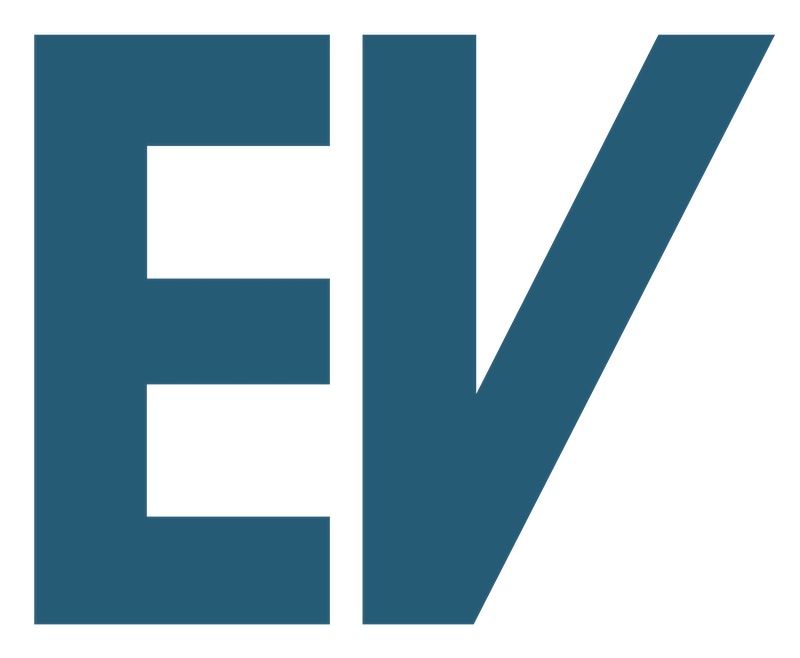Computer-Based Testing and Its Impact
In the ever-evolving field of engineering, staying current is not just a recommendation; it’s a necessity. And this maxim is true for the Professional Engineer (PE) exam, which has recently undergone a significant transformation. The Structural-Civil PE exam, in particular, has transitioned to a computer-based format, reshaping the testing experience and how engineers prepare for it. A year after this change, we explore the implications of this transition and how it’s changing the game for aspiring structural engineers.
The Shift to Computer-Based Testing
The PE exams were traditionally administered in a pencil-and-paper format, where examinees wrestled with physical reference manuals, formulas, and hand calculations. This method had its merits but also presented limitations, including the extensive use of reference materials and limited time for problem-solving.
In response to the changing landscape of the engineering profession, the National Council of Examiners for Engineering and Surveying (NCEES) decided to modernize the testing process. The introduction of computer-based testing (CBT) for the Structural-Civil PE exam was a significant milestone.
How CBT Has Altered the Exam Experience
- Reference Material Changes: Engineers could bring their reference materials in the paper-based exams, resulting in bulky stacks of books and codes. With CBT, these references are provided electronically within the exam software. This shift has streamlined the process, allowing examinees to access the necessary information quickly, but it also requires a different set of skills to navigate digital resources effectively.
- New Question Formats: The CBT format has introduced various question types beyond the traditional multiple-choice questions. Examinees may encounter multiple correct answers, point-and-click, drag-and-drop, and fill-in-the-blank questions. This diversification challenges candidates to demonstrate a deeper understanding of structural engineering principles.
- Enhanced Flexibility: CBT exams are offered over a multi-day window, giving examinees greater flexibility in choosing when to take the exam. This flexibility helps accommodate busy schedules and allows for better preparedness.
- Immediate Results: One of the most significant advantages of CBT is the immediate scoring. Candidates no longer need to wait months to receive their results; they know their pass/fail status as soon as they finish the exam.
Changing Study Approaches
With the shift to CBT, engineers preparing for the Structural-Civil PE exam are adapting their study strategies. Here are some notable changes:
- Digital Resource Familiarity: Engineers now need to become proficient in using digital versions of reference materials, which may require new tools and software. Practice exams and simulations are crucial for acclimating to the digital environment.
- Practice with New Question Types: As mentioned earlier, the CBT format introduces a range of question types. Aspirants must practice with these question formats to build confidence and competence.
- Time Management Skills: The computer-based format enforces strict time limits for each section. Effective time management is critical. Candidates must practice time allocation during their study sessions.
- Utilizing Digital Resources: Online forums, discussion groups, and digital study materials are more important than ever. Engineers preparing for the Structural-Civil PE exam often collaborate virtually to share knowledge and resources.
The transition to computer-based testing for the Structural-Civil PE exam represents a significant step forward in keeping the examination process aligned with the dynamic nature of the engineering field. While the change may present some initial challenges, it offers benefits such as immediate scoring, flexibility, and updated question formats. Aspiring structural engineers must adapt their study methods to this new format, emphasizing digital resource proficiency, time management, and practice with diverse question types. The future of engineering demands adaptability, and this transition to CBT is just one example of how the profession is evolving to meet new demands.
Emily Epstein
Structural Engineer









